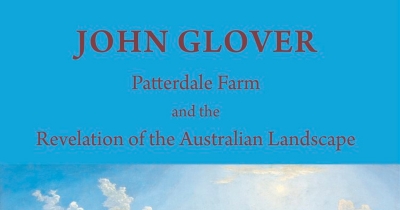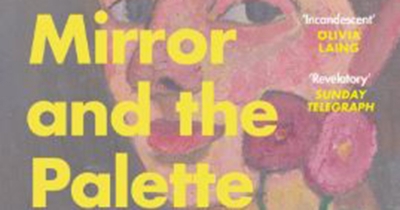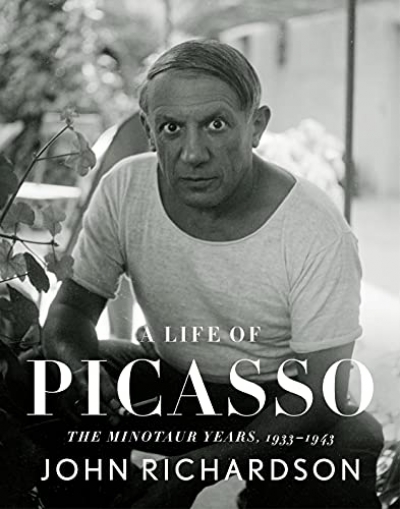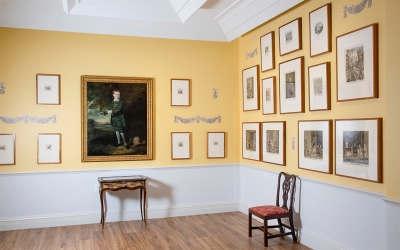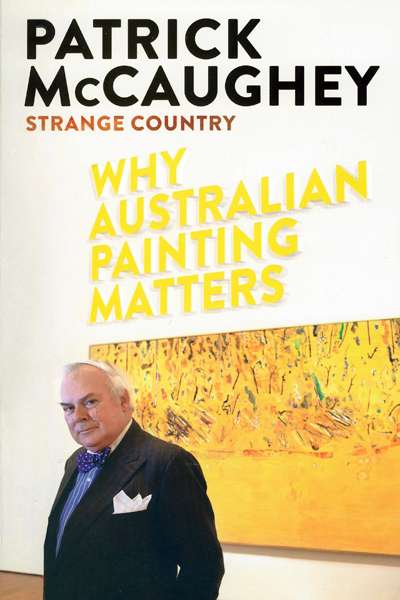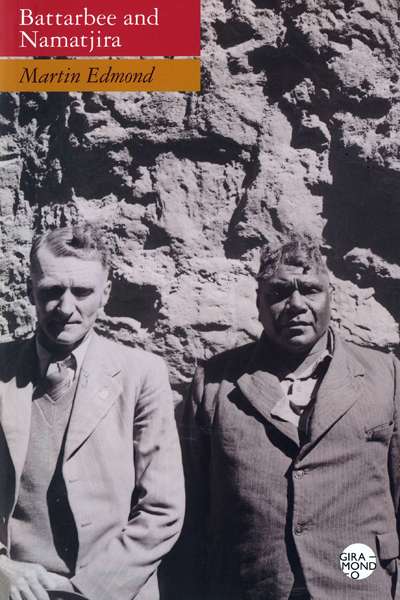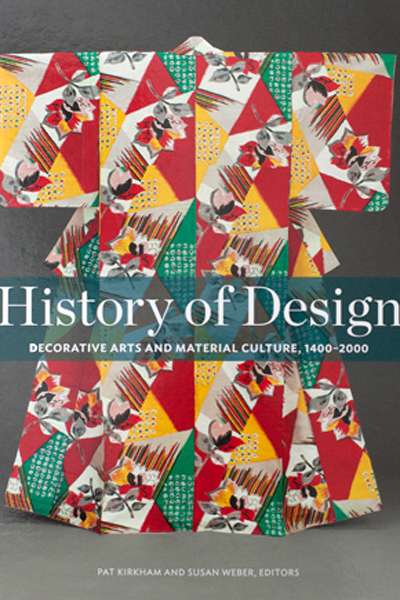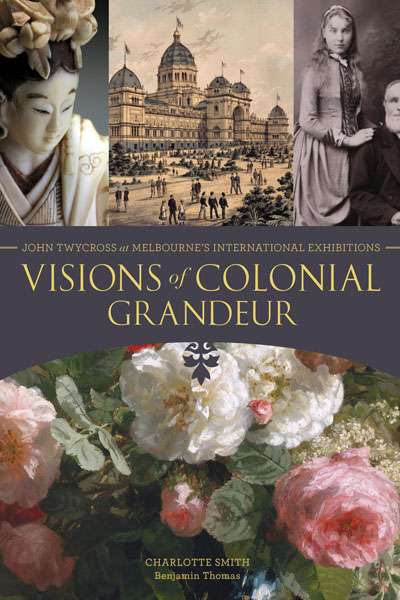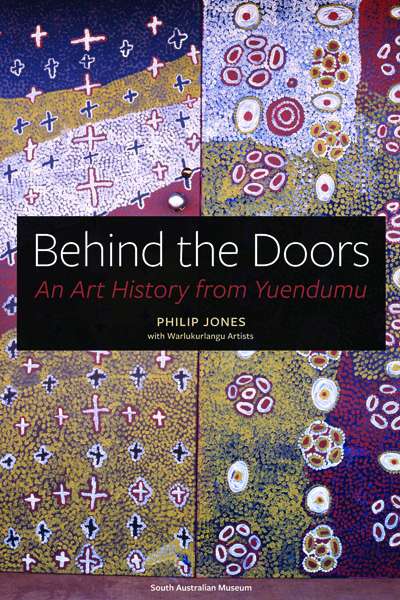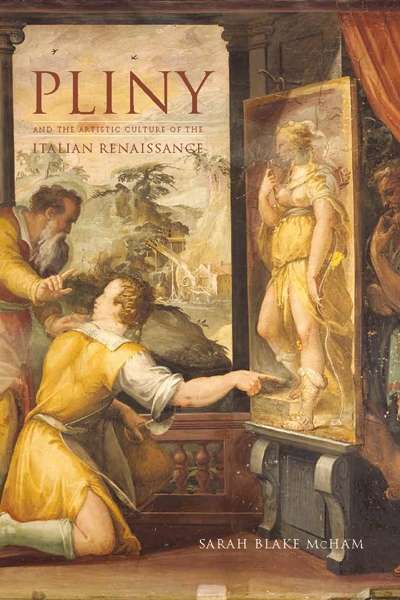Art History
John Glover: Patterdale Farm and the revelation of the Australian landscape by Ron Radford
by Anne Gray •
The Mirror and the Palette: Rebellion, revolution and resilience: 500 years of women’s self-portraits by Jennifer Higgie
by Julie Ewington •
A Life of Picasso: The minotaur years, 1933–1943 by John Richardson
by Patrick McCaughey •
Australia’s regional galleries hold rich collections that demonstrate a powerful communal need to collect and display art. Victoria’s regional cities, in particular, are notably well endowed with public art collections and handsome buildings to house them. The gold rush towns were at the forefront in establishing public art galleries: the first, in Ballarat, was founded in 1884; Bendigo followed in 1887. There are now nineteen of them fairly evenly positioned across the state – between one and six hours’ drive from Melbourne – from Warrnambool (1886) in the south-west and Mildura (1956) in the north-west to Bairnsdale (1992) to the east.
... (read more)Strange Country: Why Australian painting matters by Patrick McCaughey
by Mary Eagle •
History of Design: Decorative arts and material culture, 1400–2000 edited by Pat Kirkham and Susan Weber
by Christopher Menz •
Visions of Colonial Grandeur: John Twycross at Melbourne’s International Exhibitions by Charlotte Smith and Benjamin Thomas
by Christopher Menz •
Behind the Doors: An art history from Yuendumu by Philip Jones with Warlukurlangu Artists
by Colin Golvan •

